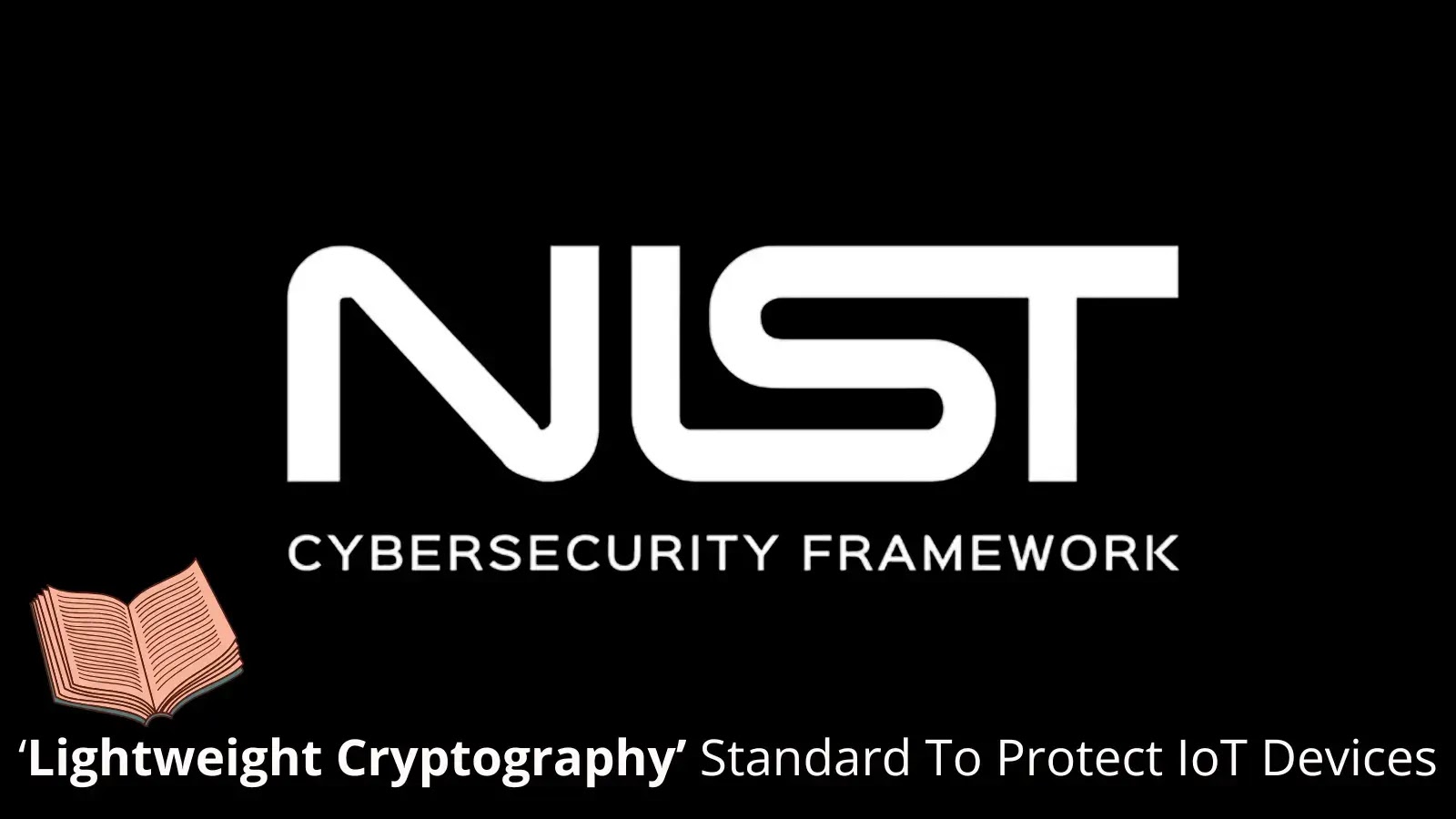NIST Releases Lightweight Cryptography Standard for IoT Security
The National Institute of Standards and Technology (NIST) has formally published Special Publication 800-232, “Ascon-Based Lightweight Cryptography Standards for Constrained Devices,” establishing the first U.S. government benchmark for efficient cryptographic algorithms tailored to resource-constrained environments such as the Internet of Things (IoT), embedded systems, and low-power sensors.
In February 2023, NIST selected the Ascon family of algorithms—originally a finalist in the Competition for Authenticated Encryption: Security, Applicability, and Robustness (CAESAR)—as the winner of its Lightweight Cryptography Standardization Process.
After rigorous multi-year public review and technical analysis, NIST SP 800-232 provides the detailed specifications and security assurances for four Ascon primitives: Ascon-AEAD128 for authenticated encryption with associated data (AEAD), Ascon-Hash256 for hashing, and two extendable-output functions (XOFs), Ascon-XOF128 and Ascon-CXOF128.
Ascon-AEAD128 is a nonce-based AEAD scheme offering 128-bit security strength in single-key use cases. It operates in an online, single-pass mode under a 320-bit internal permutation.
With a 128-bit rate and 192-bit capacity, Ascon-AEAD128 delivers both confidentiality and integrity while requiring only lightweight operations—bitwise XORs, rotations, and a five-bit S-box—making it ideal for devices with minimal computational power.
The standard also describes optional truncation of the 128-bit authentication tag and a nonce-masking feature, allowing additional security when nonces might be reused inadvertently.
For hashing, Ascon-Hash256 produces a 256-bit digest with 128-bit preimage and collision resistance.
Ascon-XOF128 and Ascon-CXOF128 generate arbitrary-length outputs up to 128-bit security strength; the latter permits domain separation via a user-defined customization string.
All three share the same 320-bit permutation core and sponge-based mode, with a reduced 64-bit rate for message absorption and output squeezing.
Key implementation guidance in SP 800-232 covers little-endian data ordering, conversion functions, precomputed initialization states, and conformance testing under NIST’s Cryptographic Algorithm Validation Program.
The publication also outlines security analyses across single-key, multi-key, and nonce-misuse settings, demonstrating that Ascon maintains robust confidentiality and integrity even under limited nonce reuse.
With the rapid expansion of IoT deployments—ranging from smart home devices to industrial sensors—the release of NIST SP 800-232 provides a crucial foundation for manufacturers, developers, and security practitioners.
By adopting Ascon standards, implementers can ensure that devices constrained by memory, energy, or processing power still meet federal requirements for strong cryptographic protections.
NIST SP 800-232 is now freely available on the Computer Security Resource Center website, inviting feedback and implementation efforts from industry and academia.
As cyber threats continue to evolve, this lightweight cryptography standard represents a significant advance in securing the growing ecosystem of connected devices.
Find this News Interesting! Follow us on Google News, LinkedIn, and X to Get Instant Updates!














Post Comment